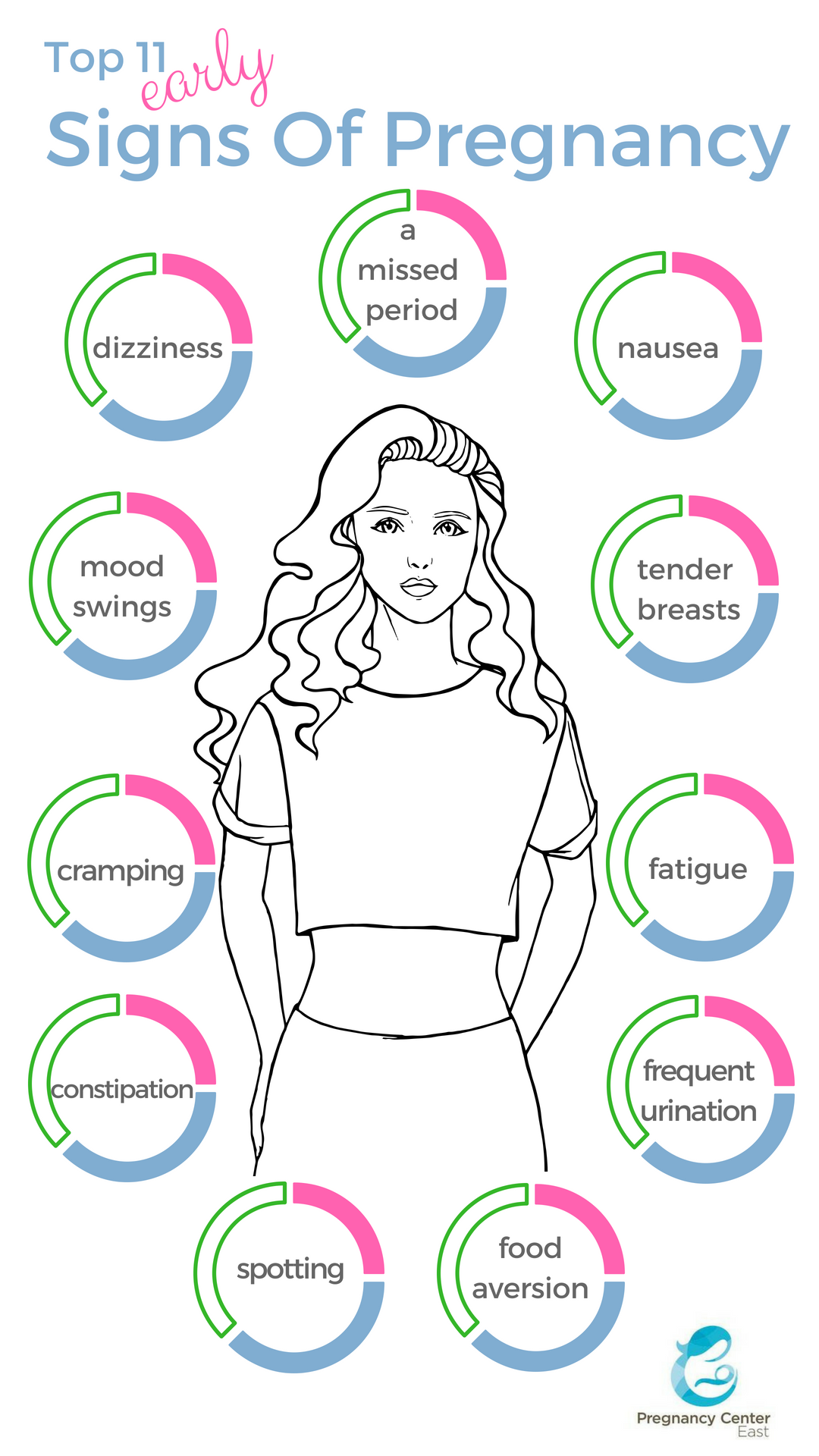
Teen Pregnancy: Signs, Risks, and Prevention
Introduction
Teen pregnancy, defined as pregnancy in individuals under the age of 20, remains a significant public health concern in the United States. Despite declining rates in recent years, it continues to affect a substantial number of young people, with far-reaching consequences for both the teenage mother and the child. Understanding the signs of teen pregnancy, its associated risks, and effective prevention strategies is crucial for addressing this issue and promoting the well-being of our youth.
Signs of Teen Pregnancy
Recognizing the signs of teen pregnancy is essential for timely intervention and support. While some signs may be more obvious, others can be subtle and easily overlooked. Common signs of pregnancy in teenagers include:
- Missed or late menstrual periods: This is often the first and most noticeable sign of pregnancy. However, it is important to note that irregular menstrual cycles are common in teenagers, so a missed period alone may not be indicative of pregnancy.
- Nausea and vomiting: Morning sickness, particularly in the early stages of pregnancy, is a common symptom.
- Breast tenderness and enlargement: The breasts may become sore, swollen, and sensitive to touch.
- Frequent urination: The increased production of hormones during pregnancy can lead to an increased need to urinate.
- Fatigue: Extreme tiredness is a common symptom, especially in the first trimester.
- Food cravings or aversions: Changes in appetite and cravings for certain foods or aversions to others can occur.
- Weight gain: Gradual weight gain is expected during pregnancy, but rapid or excessive weight gain may be a sign of complications.
- Darkening of the skin around the nipples (areolae): This is a hormonal change that can occur during pregnancy.
- Positive pregnancy test: A home pregnancy test can provide a quick and reliable indication of pregnancy.
Risks of Teen Pregnancy
Teen pregnancy poses significant risks to both the mother and the child. These risks include:
Maternal Risks:
- Preeclampsia: A serious pregnancy complication characterized by high blood pressure and protein in the urine.
- Gestational diabetes: A type of diabetes that develops during pregnancy.
- Preterm labor and birth: Babies born before 37 weeks of gestation are at increased risk of health problems.
- Low birth weight: Babies born to teenage mothers are more likely to have low birth weight, which can lead to health complications.
- Increased risk of sexually transmitted infections (STIs): Teenagers who are pregnant are more likely to have STIs, which can be transmitted to the baby during birth.
- Emotional and psychological distress: Teen pregnancy can lead to feelings of isolation, anxiety, and depression.
Child Risks:
- Prematurity and low birth weight: Babies born to teenage mothers are at increased risk of these conditions, which can lead to developmental problems and long-term health issues.
- Increased risk of infant mortality: Babies born to teenage mothers have a higher risk of dying in infancy.
- Developmental delays: Children born to teenage mothers may experience developmental delays in areas such as language, cognitive skills, and social behavior.
- Increased risk of chronic health conditions: Children born to teenage mothers have an increased risk of developing chronic health conditions such as asthma, obesity, and heart disease later in life.
Prevention of Teen Pregnancy
Preventing teen pregnancy is a multifaceted endeavor that requires a comprehensive approach involving individuals, families, schools, and communities. Effective prevention strategies include:
- Comprehensive sex education: Providing accurate and age-appropriate information about sexual health, reproduction, and contraception is crucial for empowering teenagers to make informed decisions.
- Access to contraception: Ensuring that teenagers have access to a wide range of contraceptive methods, including condoms, birth control pills, and intrauterine devices (IUDs), is essential for preventing unplanned pregnancies.
- Parent-teen communication: Open and honest communication between parents and teenagers about sexual health and pregnancy prevention is vital for fostering understanding and support.
- Peer support programs: Programs that provide peer support and mentorship can help teenagers develop healthy relationships and make responsible decisions about sexual activity.
- Community outreach programs: Community-based programs that address the underlying social and economic factors that contribute to teen pregnancy, such as poverty and lack of opportunity, can play a significant role in prevention efforts.
Conclusion
Teen pregnancy remains a pressing public health issue with far-reaching consequences for both the teenage mother and the child. Recognizing the signs of pregnancy, understanding its associated risks, and implementing effective prevention strategies are essential for addressing this issue and promoting the well-being of our youth. By empowering teenagers with knowledge, access to resources, and a supportive environment, we can help them make informed decisions about their sexual health and prevent unplanned pregnancies.